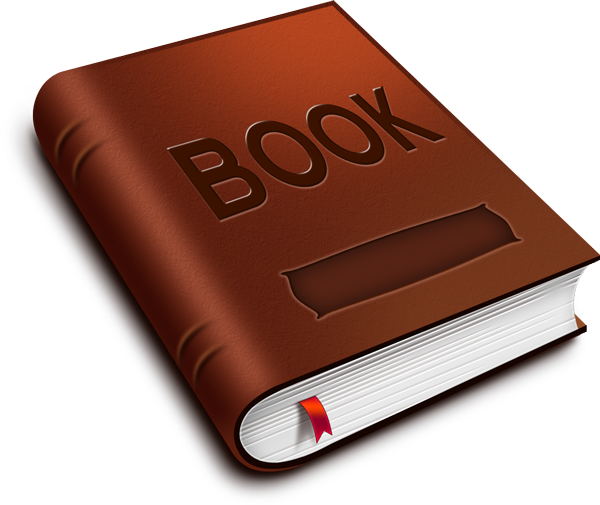 What’s a book? We have a number of ways of answering that question. On one hand, a book is a physical object, a rectangular thing with pages held together with binding. My copy of Candide is a book. On the other hand, we also think of a book as the words that inhabit that object. When someone sees you reading Candide and says, “I’ve read that book,” they probably don’t mean they read the same copy you’re reading, but rather a different copy—perhaps from the library. So there’s a sense that all the different copies of Candide in the universe are somehow the same book. Nowadays, these copies aren’t all in print—we have web-based text versions and audiobook versions, for instance.
What’s a book? We have a number of ways of answering that question. On one hand, a book is a physical object, a rectangular thing with pages held together with binding. My copy of Candide is a book. On the other hand, we also think of a book as the words that inhabit that object. When someone sees you reading Candide and says, “I’ve read that book,” they probably don’t mean they read the same copy you’re reading, but rather a different copy—perhaps from the library. So there’s a sense that all the different copies of Candide in the universe are somehow the same book. Nowadays, these copies aren’t all in print—we have web-based text versions and audiobook versions, for instance.
Thinking about books in this way can serve us well enough, but we have to be careful. Different technologies have different possibilities for use—for instance, a tablet is multifunctional, whereas a printed book only does one thing—and exist in different social climates—for instance, a person may not feel comfortable using their smartphone in a certain part of a city. Both these things present affordances which constrain and enable how we use technology. And since books are presented through technology (we don’t live in the world of The Matrix yet), each book has a set of affordances through which a reader’s interaction with that book unfolds.
In many cases, a text presented in different technologies might be close enough that we’d be justified calling them all the “same.” For instance, the book White Noise by Don DeLillo presents a narrative that seems to be conveyed similarly whether it’s read in print or listened to in audio form.
But some authors specifically take advantage of the possibilities of a technology in making their book. I call this “entanglement,” because in books like this, the form and the content become entangled to a degree that can’t reasonably be ignored. An example of this is the book The Neverending Story, in which different colors are used in order to present the narrative—and the narrative is diminished in editions that print it in only black ink.
At iConference this year, I presented a study I did on people’s experiences reading two books I felt were entangled in a similar way—Ulysses, by James Joyce, and Infinite Jest, by David Foster Wallace—to see how people experienced these books in print, audiobook and Kindle formats. What I found was that, though people in all formats “got” what the books were about in terms of content (plot, themes), only the people who read the print editions talked about having deep, transformative, personal experiences with the books.
Now, this isn’t to say that print is better and that’s the end of the story. Rather, what I conclude from this study is that a book is likely best in the form its author intended, particularly when it is entangled. When a book is adapted, it is wrested from that entanglement and becomes, as a result, impoverished. While this cannot be seen if we think of a book as just the verbal content of its text, it is quite visible when the reader’s experience is taken into account. What’s important to note in all this is that audiobooks can be entangled just as can movies and webcomics.
What results is an important lesson for publishers and designers who are adapting books from one format to another: Put the reader’s experience first.
If you’re interested in reading more, I’d invite you to read my paper “Novel Experiences: On Page, In Ear, On Screen,” which is available in the open-access iConference 2016 proceedings. You may also be interested in the book Scrolling Forward: Making Sense of Documents in the Digital Age, by David Levy, and others that I have listed on my Reading List page.